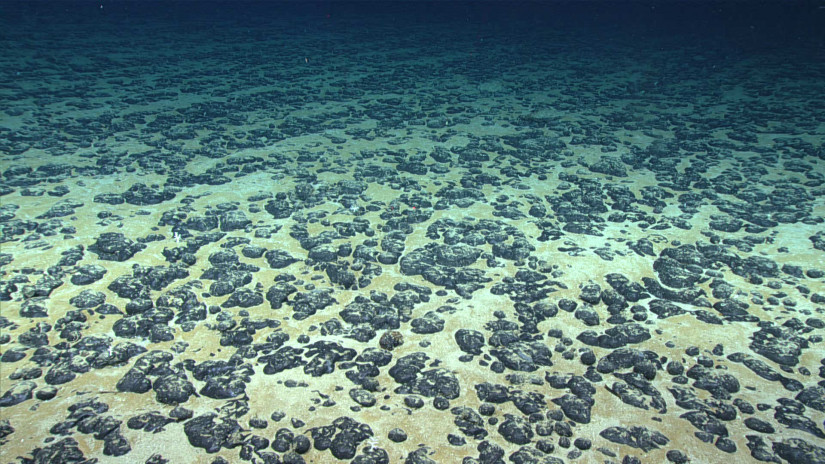Extracted from the ocean beds, the sediments revealed valuable insights into the past in a study carried by the researchers from University of Naples Federico II, Italy and their associates.

The research scientists Elda Russo Ermolli, Halinka Di Lorenzo, and team were successful in analyzing pollen from a marine core collected in the Gulf of S. Eufemia (Tyrrhenian Calabria, Italy). Their analysis enabled them to reassemble the historical shifts in territorial vegetation and land utilization spanning a period of 5,000 years.
From Present to Past Analysis
In a research expedition documented in The Holocene, scientists conducted core recoveries from the Gulf of Saint Eufemia, located on the western coast of Calabria, Italy. Understanding the size of the basin from which these cores were obtained is crucial, as it aids in determining the spatial distribution of sediment and inclusions like pollen and spores.
Larger basins have the potential to capture material from significant distances, providing insights into regional vegetation patterns. Conversely, smaller basins are more likely to reflect material from nearby areas, offering a more localized and focussed understanding of plant communities.
By studying the preserved pollen grains and spores found within these cores (a field known as palynology), the researchers reconstructed the colonization of Italy by the Greeks and Romans over the past 5,000 years. The process involved extracting pollen from the sediment, which yielded an impressive count of up to 12,000 grains per gram of material. Under microscopic examination, a total of 72 species were identified.
The findings revealed three distinct phases of vegetation in the region: a period of dense forest cover from 5055 to 2700 years before the present (BP), a subsequent decline in forests accompanied by increased aridity from 2700 to 2000 BP, and finally, deforestation followed by the establishment of intensive agriculture from 790 BP to the present day.
The observed vegetation patterns could help establish links with the inhabitants of the area during specific time periods. The study supported prehistoric populations finding solace in dense forests. However, the scientists exclaim the effects of climate change might have started to manifest, as they identified three extended periods spanning hundreds of years of arid and desiccated vegetation prominent in that area.
The second phase of this timeline corresponded to the emergence of the Greek (7th to 5th century BC) and Roman (3rd to 2nd century BC) populations in the area. This period witnessed a significant decrease in forest cover. They promoted agricultural practices as the shift is evident from the preserved cereals and herbs, including lettuce, chicory, and dandelion belonging to the Cichorieae tribe.
The significant presence of microcharcoals in the sediments compared to the preceding phase serves as a prominent indicator of population growth. These microcharcoals represent the remnants of burning for cooking and heating purposes.
The final phase marked widespread deforestation. It resulted in soil destabilization and increased water runoff, as evidenced by elevated sedimentation rates. The authors also highlight that the changing dynamics of sedimentation rate during the 6th century AD is most likely connected to the collapse of the Western Roman Empire in the region, leading to a sudden decline in land management practices and a shift towards a more rural way of life.
From Present to Future
The present temperature range in the study region varies from 7oC to 16oC, displaying heterogenous microclimatic conditions influenced by altitude. Along the mountain ranges, one may find diverse tree species consisting mainly of turkey oak and beech, also accompanied by a lesser presence of firs. Pine and oak trees could be spotted alongside the coast with patches of agricultural lands.
In the times to come, researchers specializing in palynology who investigate the region may face a comparable dilemma in discerning the influences of both climate and human actions on the local landscapes.













